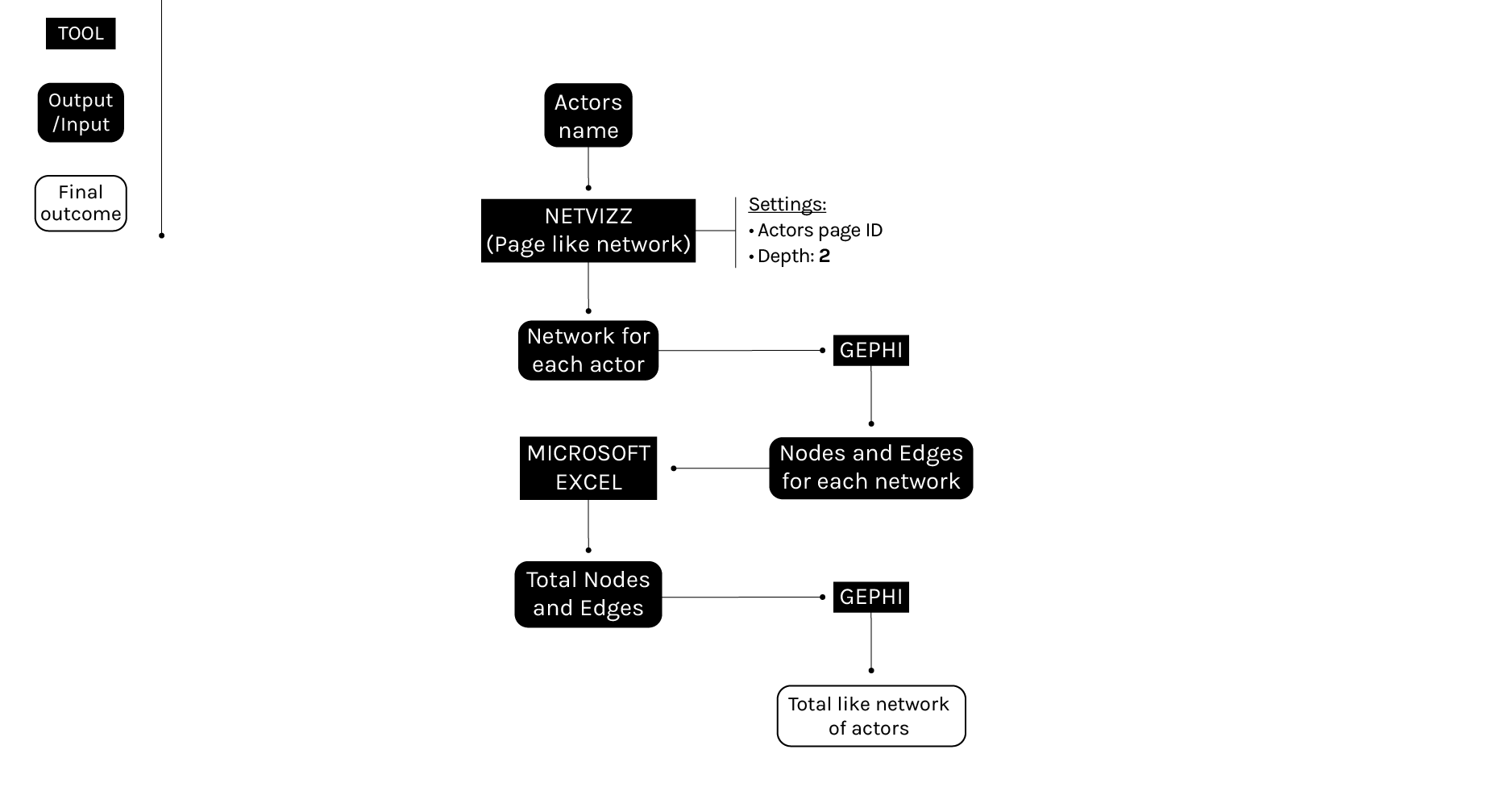Description
The term Digital Tribes refers to communities who share interests, beliefs, ideas and a common imagery. The members of those kind of community tend to strongly identify with the ideals shared into the tribe. The internal hierarchy is usually strong and simple, there is a tribal chief which is recognised as the authority and a group of followers who share his language, behaviour and point of view. The relationship between members and whoever get in touch with the tribe is based on a strictly dichotomous perception, there are members of the tribe and non members, which are often recognized as “enemies”. The condition sine qua non we adopted to define our actor-followers groups as “digital tribes” had been the isolation of actors pages’ like networks. A scenario like the one described would have meant a week cultural proximity and a polarization of interests, preferences and probably lifestyles and languages; which key elements to generate a tribe. The network displayed above represents the relationships between the actors and the cluster composed of pages they liked and pages liked by those ones. The visualization pointed out a strong separation between actors regarded as networks, except for the two couples which are significantly linked: Matteo Salvini with Lega Nord, Amnesty International Italia with UNHCR. It is also possible to notice another smoother connection due to a series of like given to Matteo Salvini Facebook page by a little group of the Casapound Italia like-network’s pages. The main part of the actors like-networks is linked by meager and negligible nodes working as bridges. As an example we can see news sites like ANSA or celebrities’ pages, all of them can be defined as mainstream interests. The overview displayed by the whole network confirms the hypothesized disjunction between actors Facebook pages, suggesting a cultural division between them and consequently the breeding ground that tribes need to thrive. In the following research steps we will focus on the cultural-behavioural features of each tribe and how much the different narratives about the figure of migrants influence followers’ reactions and comments.


